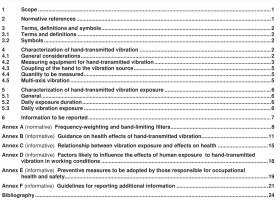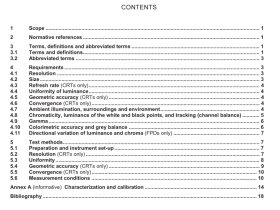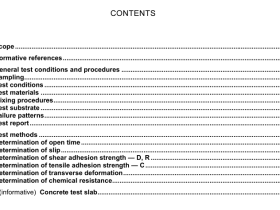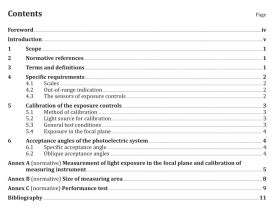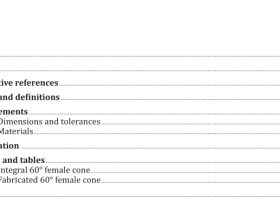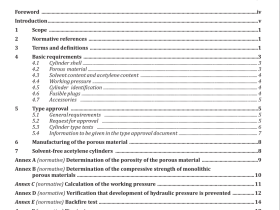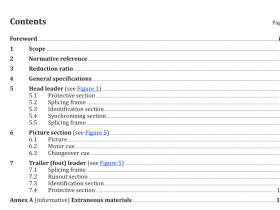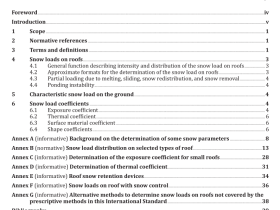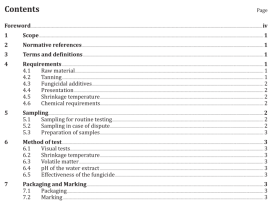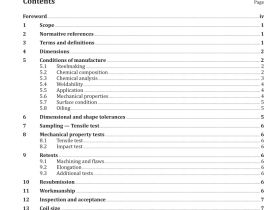AS ISO 13007.4 pdf download
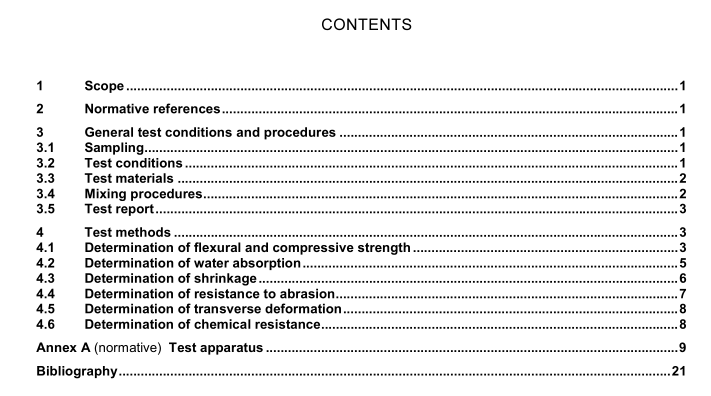
AS ISO 13007.4 pdf download Ceramic tiles—Grouts and adhesives Part 4: Test methods for grouts
4.1.1.3 Testing machine, of flexural strength type, capable of applying the load with suitable capacity and sensitivity for the test. The machine shall be provided with a flexure device in accordance with Figure A.3.
4.1.1.4 Testing jig, in accordance with Figure A.4, incorporated in the lower platen; the upper platen receives the load from the compressive strength testing machine through an intermediate spherical seating.
4.1.2 Preparation of test units Mould the specimens immediately after the mixing of the grout, with the mould firmly clamped to the jolting table. Introduce, using a suitable scoop, the first of two layers of grout into each of the compartments, directly from the mixing bowl. Spread the layer uniformly, then compact using 60 jolts. Introduce the second layer of grout, level and compact with a further 60 jolts. Lift the mould gently from the jolting table, strike off excess of material and smooth the surface with a flat trowel. Wipe off the grout left on the perimeter of the mould. Place a 210 mm × 185 mm plate glass sheet of 6 mm thickness on the mould. A plate of steel or other impermeable material of similar size may be used. Place the mould, suitably identified, on a horizontal base in standard conditions, (23 ± 2) °C and (50 ± 5) % relative humidity. After 24 h, carefully remove the specimen from the mould. Prepare three specimens for each grout. For fast-setting grout, demould the specimen immediately before the test.
4.1.3 Flexural strength under standard conditions Keep the demoulded prism in standard conditions for 27 days leaving a clearance between prisms of at least 25 mm. After conditioning has been completed, place the prism in the testing machine (4.1.1.3) with one side face on the supporting rollers and with the longitudinal axis normal to the support. Apply the load vertically by means of the loading roller to the opposite side face of the prism and increase it smoothly at the rate of (50 ± 10) N/s until fracture. Keep the prism halves in standard conditions until tested in compression.
4.1.4 Compressive strength under standard conditions Test the prism halves broken in flexion, by means of the equipment specified in 4.1.1.4. Centre the prism halves laterally to the platens of the machine within ± 0,5 mm, and longitudinally such that the end face of the prism overhangs the platens or auxiliary plates by about 10 mm. Increase the load smoothly at the rate of (2 400 ± 200) N/s over the entire load application until fracture.
4.1.5 Flexural and compressive strength after freeze-thaw cycles Prepare the test units in accordance with 4.1.2. Condition the test units for 6 days in standard conditions and then immerse in water for 21 days before carrying out 25 freeze-thaw cycles following the procedure given in ISO 13007-2:2010, 4.4.4.5. Condition the test units for 3 days in standard conditions after the last cycle and prior to test examine them and record a brief description of surface appearance of the specimen. Determine the flexural strength in accordance with 4.1.3 and the compressive strength in accordance with 4.1.4.
